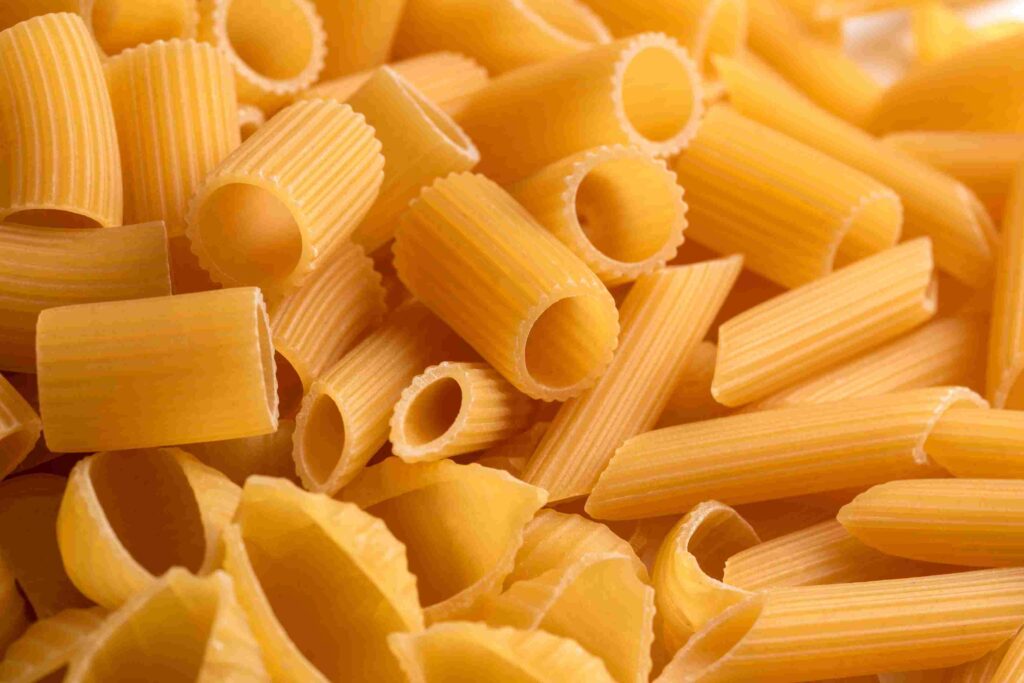Italy isn’t just the home of delicious pasta—it’s also a place where every pasta shape has a name that tells a story. Italian pasta vocabulary is practical, vivid, and, yes, a little playful. Whether you’re a pasta lover or just starting to explore Italian, these terms offer a fun glimpse into how the language and cuisine come together!
Farfalle
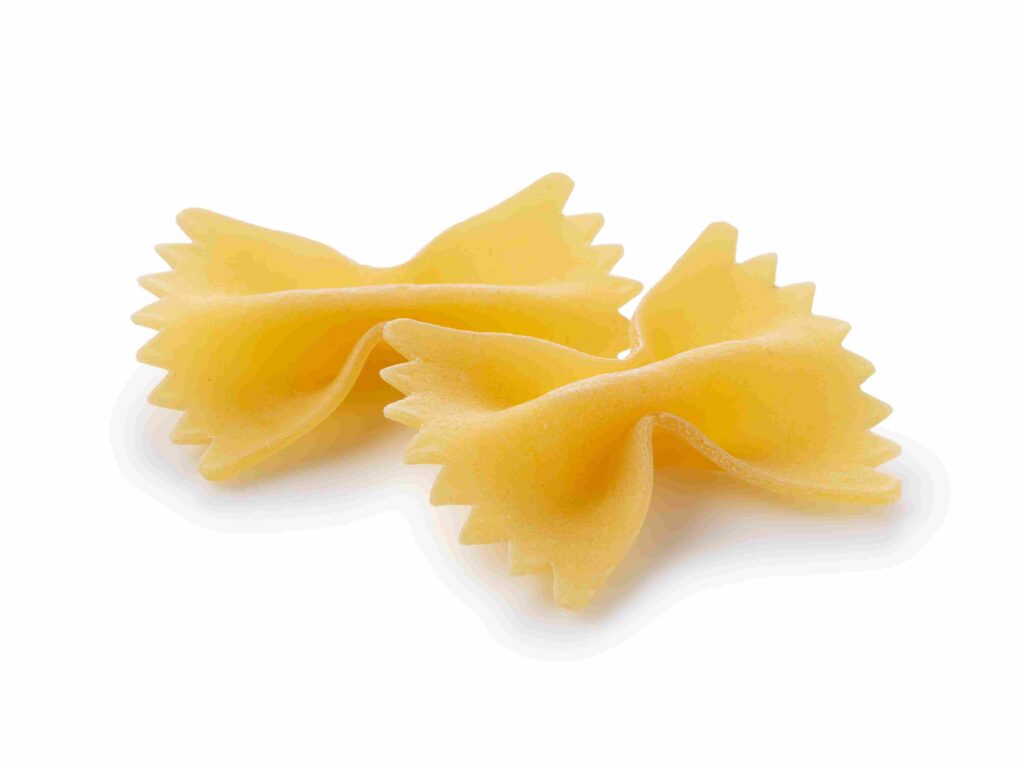
Literal Translation: Butterflies
Why “butterflies”? Because these pasta pieces are shaped like delicate, fluttering wings! This term is straightforward yet charming—a perfect example of how Italian words often evoke a clear, visual image. It’s a term that’s easy to remember and a delightful nod to nature.
Orecchiette
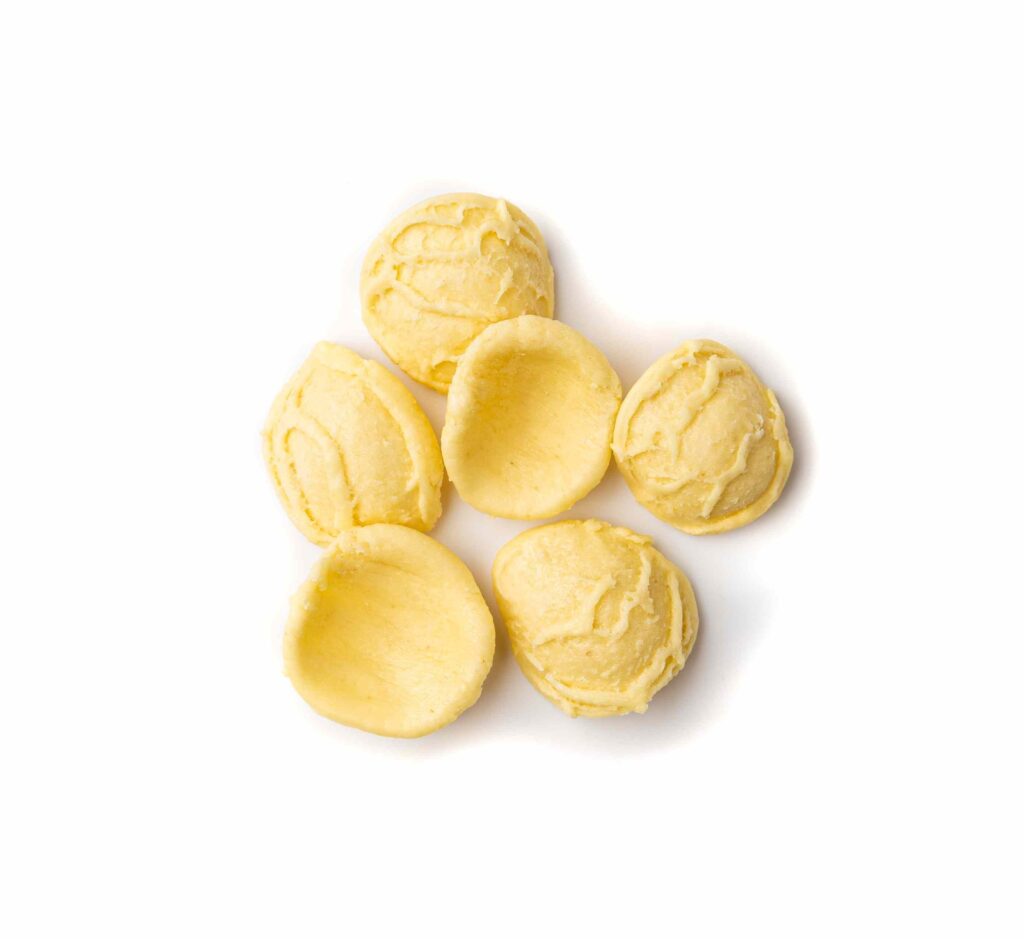
Literal Translation: Little ears
The name “orecchiette” comes from the pasta’s small, ear-like shape. “Le orecchie” means “ears“, and Italian often uses diminutives like “-ette” to convey affection or familiarity: in this case, it turns an everyday food item into something endearing!
Cavatappi

Literal Translation: Corkscrews
Look at these spiraled wonders! “Cavatappi” are spiral-shaped pasta pieces. Their name is derived from the Italian word for “corkscrew”, a clear reference to their twisted, spiral form. Their shape isn’t just fun to look at—it also means they’re excellent at holding onto your favorite sauces, making every bite a lively dance of flavor.
Penne

Literal Translation: Quills
“Penne” are tube-shaped pasta with diagonally cut ends, reminiscent of the nib of a quill pen. This descriptive term perfectly captures their sharp, clean-cut appearance and practical design. It's a very versatile pasta shape that is a staple in every Italian pantry! Different lengths of “penne” exist, and also a texture variety: “penne lisce”, with a smooth texture, and the more common “penne rigate”, with small ridges on the surface.
Conchiglie
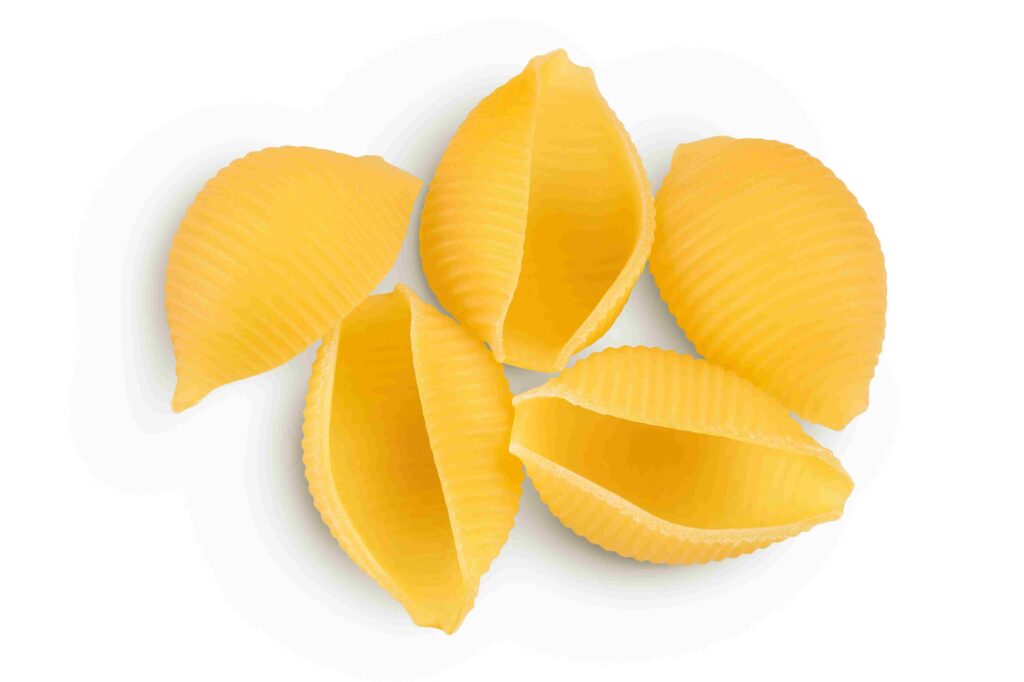
Literal Translation: Shells
Imagine a seaside breeze and the gentle sound of waves—that’s “conchiglie” for you. These pasta pieces mimic tiny shells, ideal for capturing rich, creamy sauces. With just one look, they transport you to Italy’s sun-drenched coastlines, where every meal is a mini vacation!
Bucatini
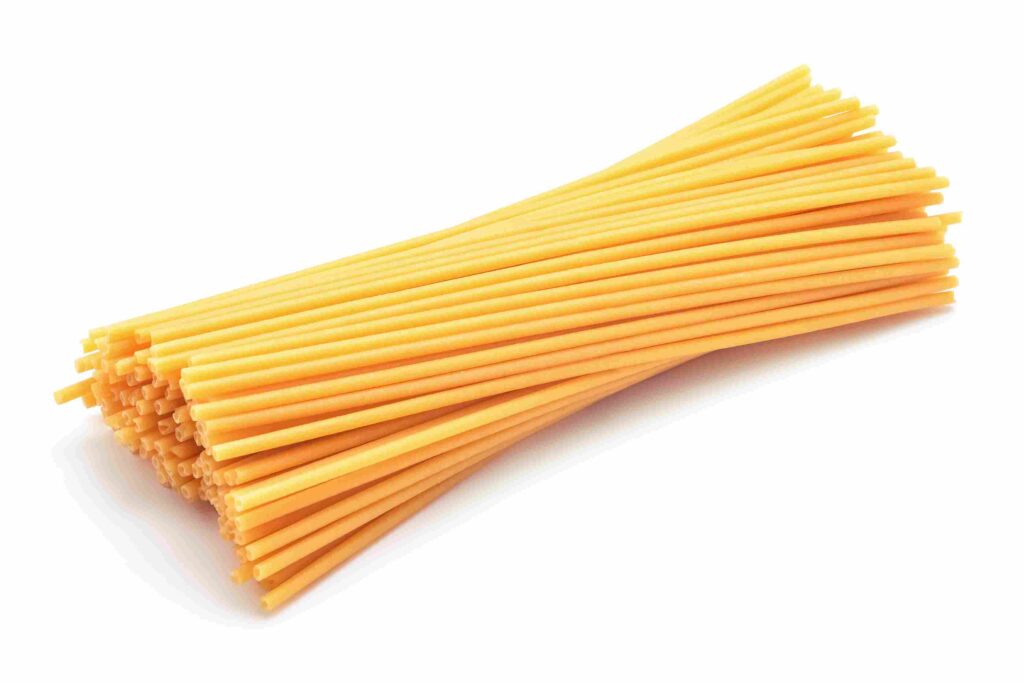
“Bucatini” are essentially thick spaghetti with a hollow center. Derived from the Italian word “ilbuco” (hole), this term is both descriptive and functional. The hollow center allows sauces to cling inside the pasta, making dishes like “Bucatini all’Amatriciana” a favorite among sauce enthusiasts.
Tagliatelle
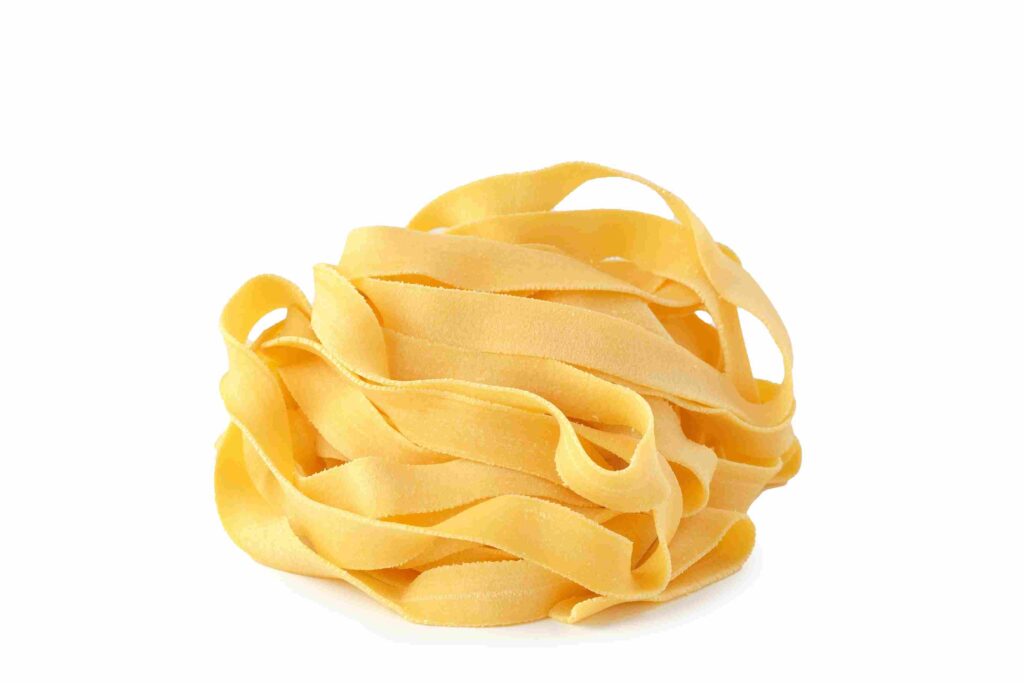
The name “tagliatelle” comes from the verb “tagliare”, meaning “to cut”. These long, flat ribbons are traditionally made and cut by hand, highlighting Italian craftsmanship. They pair beautifully with rich, hearty sauces, such as a classic Bolognese, embodying the art of Italian home cooking.
Italian pasta vocabulary offers more than just a list of names—it provides a window into the Italian way of thinking. Each term is a blend of practicality and creativity, reflecting how Italians use language to describe everyday objects with clarity and charm.
Whether you’re savoring a plate of tagliatelle or enjoying a simple bowl of penne, remember that these names also invite you to appreciate a bit of Italian culture. So, next time you enjoy your favorite pasta, take a moment to explore the language behind it—you might just be inspired to learn a little Italian along the way!
Did you enjoy these Italian linguistic curiosities? Want to perfect your language skills?
Join our community of learners today!
https://www.italymadeeasy.com/join ⬅️

